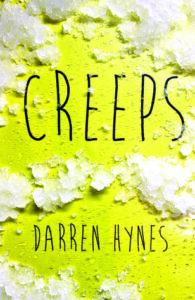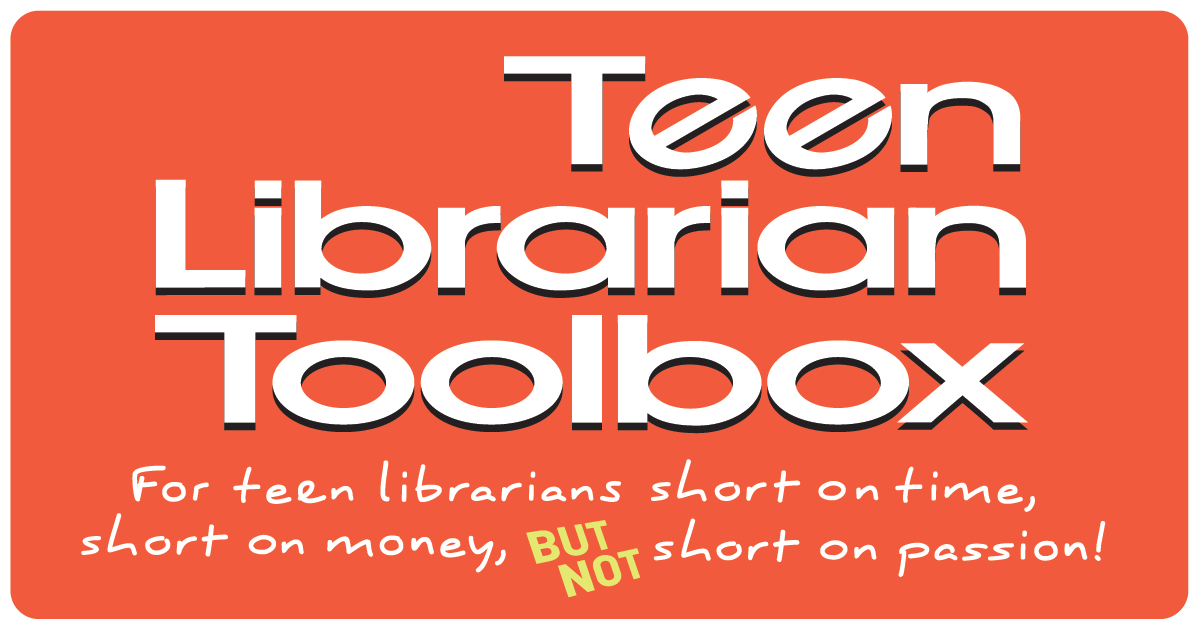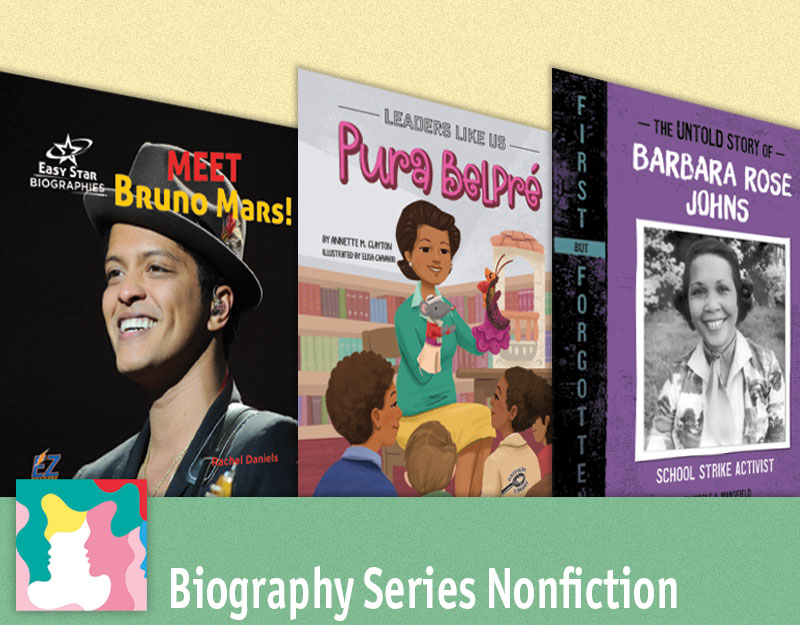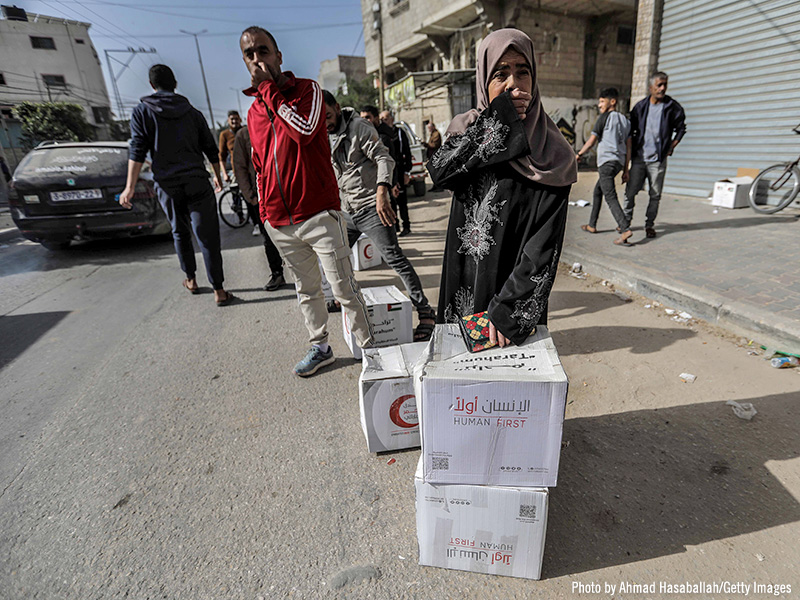Violence in LGBTIQ Fiction for Young Adults, a guest post by Rob Bittner
By Rob Bittner (@r_bittner)
 I was originally approached to do some work on sexual violence, YA literature, and LGBTQ themes because of a post that I wrote about the novel Althea & Oliver by Cristina Moracho. There is much to love about the book, save for the incredibly problematic notion of rape against the male protagonist, which seems to be lessened throughout the novel because the perpetrator is a girl. Some see that assertion as too simplistic, but if you want to see a more full discussion, see the post by TLT on the novel. Though that was only one novel, I was later contacted by TLT and I found myself thinking more and more about violence against sexualized others in texts for young adults.
I was originally approached to do some work on sexual violence, YA literature, and LGBTQ themes because of a post that I wrote about the novel Althea & Oliver by Cristina Moracho. There is much to love about the book, save for the incredibly problematic notion of rape against the male protagonist, which seems to be lessened throughout the novel because the perpetrator is a girl. Some see that assertion as too simplistic, but if you want to see a more full discussion, see the post by TLT on the novel. Though that was only one novel, I was later contacted by TLT and I found myself thinking more and more about violence against sexualized others in texts for young adults.
I am not a specialist in the area of sexual violence, but I do try to keep up with statistics and information on the subject. Stats on sexual violence against LGBTQ populations in real life are terribly disheartening:[1]
ADVERTISEMENT
ADVERTISEMENT
- Approximately 1 in 8 lesbian women (13%), nearly half of bisexual women (46%), and 1 in 6 heterosexual women (17%) have been raped in their lifetime. This translates to an estimated 214,000 lesbian women, 1.5 million bisexual women, and 19 million heterosexual women.
- Four in 10 gay men (40%), nearly half of bisexual men (47%), and 1 in 5 heterosexual men (21%) have experienced SV other than rape in their lifetime. This translates into nearly 1.1 million gay men, 903,000 bisexual men, and 21.6 million heterosexual men.
- approximately 50% of transgender people experience sexual violence at some point in their lifetime.[2]
While I understand that authors often include these instances of violence in order to lend a sense of realism to the story, I feel that having an overabundance of such situations in YA gives the impression that to come out as L, G, B, T, I, Q, etc., inevitably leads to violence or unavoidable negative consequences. The same goes for uses of homophobic/transphobic language in novels as a way of realistically portraying the cruelty of homophobic/transphobic individuals. The use of such language, however, also troubles many readers who hear these words being hurled at them in real life. Sometimes I think it’s okay to have a book that contains challenges for characters, and references life’s complexities, without necessarily including scenes of violence and/or homophobic language.
Why do I seem to be focusing so much on language in a post about sexualized violence, though? I feel that it’s  important to remember that sexual violence can take multiple forms, both physical and emotional (brought on by verbal and psychological attacks), among others. I recently reviewed the novel Creeps (2013) by Darren Hynes, which features a young protagonist who identifies as straight and cisgender, but that doesn’t stop secondary characters from engaging in acts of psychological and physical violence against the main character. The homophobic attitudes in particular, and the use of derogatory terminology for gay and lesbian individuals is excessive. While homophobia and bullying are a grievous part of everyday life for many young people no matter their sexual orientation or gender identity, the book fails to move beyond these instances of assault and violence, which unfortunately mirror similar acts which take place in so many LGBTQ novels for young audiences.
important to remember that sexual violence can take multiple forms, both physical and emotional (brought on by verbal and psychological attacks), among others. I recently reviewed the novel Creeps (2013) by Darren Hynes, which features a young protagonist who identifies as straight and cisgender, but that doesn’t stop secondary characters from engaging in acts of psychological and physical violence against the main character. The homophobic attitudes in particular, and the use of derogatory terminology for gay and lesbian individuals is excessive. While homophobia and bullying are a grievous part of everyday life for many young people no matter their sexual orientation or gender identity, the book fails to move beyond these instances of assault and violence, which unfortunately mirror similar acts which take place in so many LGBTQ novels for young audiences.
Many YA novels feature scenes of assault on individuals who identify on gay, lesbian, bisexual, transgender, intersex, queer, etc, and as mentioned earlier, this is usually because the novels use such instances of abuse as indicative of a sense of realism. Unfortunately, this also serves to further the expectation that existing as other than straight means to expect or be deserving of assault of some kind. These moments tend to include homophobic commentary as well as physical violence based upon physical difference, a fact that is much more explicit in novels with transgender, intersex, sexual, or gender nonconforming characters. Here are three examples:
 Jim Grimsley’s Dream Boy for example, features the rape of the main character, Nathan, by another boy from school after he discovers Nathan and Roy during an intimate moment. The boy traps Nathan in an abandoned plantation house, rapes him, and beats him unconscious. This disturbing event is compounded when, during the rape, Nathan’s mind flashes to past memories of being sexually abused by his father. The implication of the flashback is unclear, but it seems to indicate that sexual abuse is at the root of Nathan’s homosexuality. And even if this is not the intent, it hearkens back to novels that underscore the general harshness associated with queer literature of the 80s and 90s, that is, the emotional and physical violence that befalls Nathan because of the sexual acts associated with physical intimacy between him and Roy.
Jim Grimsley’s Dream Boy for example, features the rape of the main character, Nathan, by another boy from school after he discovers Nathan and Roy during an intimate moment. The boy traps Nathan in an abandoned plantation house, rapes him, and beats him unconscious. This disturbing event is compounded when, during the rape, Nathan’s mind flashes to past memories of being sexually abused by his father. The implication of the flashback is unclear, but it seems to indicate that sexual abuse is at the root of Nathan’s homosexuality. And even if this is not the intent, it hearkens back to novels that underscore the general harshness associated with queer literature of the 80s and 90s, that is, the emotional and physical violence that befalls Nathan because of the sexual acts associated with physical intimacy between him and Roy.
Jack Gantos’ Desire Lines (1997) is also a good example of the trope of homosexuality as  not necessarily evil, but leading inevitably to negative consequences. Seen through the eyes of a sexually ambiguous narrator, the story is of two lesbians who, exposed to the overly fundamentalist son of a pastor, eventually attempt a murder–suicide. While Desire Lines not only provides homosexual teens with a negative scenario leading to tragic consequences, it also distorts religion, even if it does mirror some real-life “Christian” congregations. Gantos’ treatment of religious fundamentalism results in Christianity being portrayed as a destructive force that leads to ultimate tragedy for the lesbian couple.
not necessarily evil, but leading inevitably to negative consequences. Seen through the eyes of a sexually ambiguous narrator, the story is of two lesbians who, exposed to the overly fundamentalist son of a pastor, eventually attempt a murder–suicide. While Desire Lines not only provides homosexual teens with a negative scenario leading to tragic consequences, it also distorts religion, even if it does mirror some real-life “Christian” congregations. Gantos’ treatment of religious fundamentalism results in Christianity being portrayed as a destructive force that leads to ultimate tragedy for the lesbian couple.
ADVERTISEMENT
ADVERTISEMENT
 A recent Alex Award novel, Golden Boy (2013), by Abigail Tarttelin, features an intersex protagonist whose identity is not fully realized or understood until after a particularly violent episode. When Max’s old childhood friend, Hunter, arrives on the scene, he is quick to take advantage of the situation and rapes Max upon discovery of his physical difference. The violation of his body leads Max to question his gender identity, sexuality, and his self-worth. This novel is a prime example of how sexual violence causes incredible psychological damage, and the addition of violence because of physical or sexual difference is an incredibly complex issue.
A recent Alex Award novel, Golden Boy (2013), by Abigail Tarttelin, features an intersex protagonist whose identity is not fully realized or understood until after a particularly violent episode. When Max’s old childhood friend, Hunter, arrives on the scene, he is quick to take advantage of the situation and rapes Max upon discovery of his physical difference. The violation of his body leads Max to question his gender identity, sexuality, and his self-worth. This novel is a prime example of how sexual violence causes incredible psychological damage, and the addition of violence because of physical or sexual difference is an incredibly complex issue.
Furthermore, many of the more popular queer YA novels that are seen as “literary” are those centering on tragic events: October Mourning (2012), Luna (2004), Almost Perfect (2010), and many others. The fact that these instances of violence are such a commonplace event within queer fiction for young readers is not terribly helpful either, as fiction is so often seen as a mirror of reality, thus leaving young queer readers with the impression that sexual violence is simply an inevitable part of growing up “different.” I can only hope that the future of queer literature sees a more positive turn in portrayals of queer experience, not necessarily entirely free of violence—realism is, after all, not always happy—but at least with more uplifting components.
[1] Walters, M.L., Chen J., & Breiding, M.J. (2013). The National Intimate Partner and Sexual Violence Survey (NISVS): 2010 Findings on Victimization by Sexual Orientation. Atlanta, GA: National Center for Injury Prevention and Control, Centers for Disease Control and Prevention. Retrieved fromhttp://www.cdc.gov/violenceprevention/pdf/nisvs_sofindings.pdf
[2] Stotzer, R. (2009). Violence against transgender people: A review of United States data. Aggression and Violent Behavior, 14, 170-179.
Meet Rob Bittner
 Rob Bittner is a PhD candidate in Gender, Sexuality, and Women’s Studies at Simon Fraser University, and he has a history of working with children’s and YA literature in various contexts, including his MA degree and various award committees through the American Library Association. He loves queer lit and especially loves when it engages with topics that are “out of the ordinary.”
Rob Bittner is a PhD candidate in Gender, Sexuality, and Women’s Studies at Simon Fraser University, and he has a history of working with children’s and YA literature in various contexts, including his MA degree and various award committees through the American Library Association. He loves queer lit and especially loves when it engages with topics that are “out of the ordinary.”
Filed under: #SVYALit, #SVYALit Project
About Amanda MacGregor
Amanda MacGregor works in an elementary library, loves dogs, and can be found on Twitter @CiteSomething.
ADVERTISEMENT
ADVERTISEMENT
SLJ Blog Network
The Moral Dilemma of THE MONSTER AT THE END OF THIS BOOK
Cover Reveal and Q&A: The One and Only Googoosh with Azadeh Westergaard
K is in Trouble | Review
Parsing Religion in Public Schools
ADVERTISEMENT







